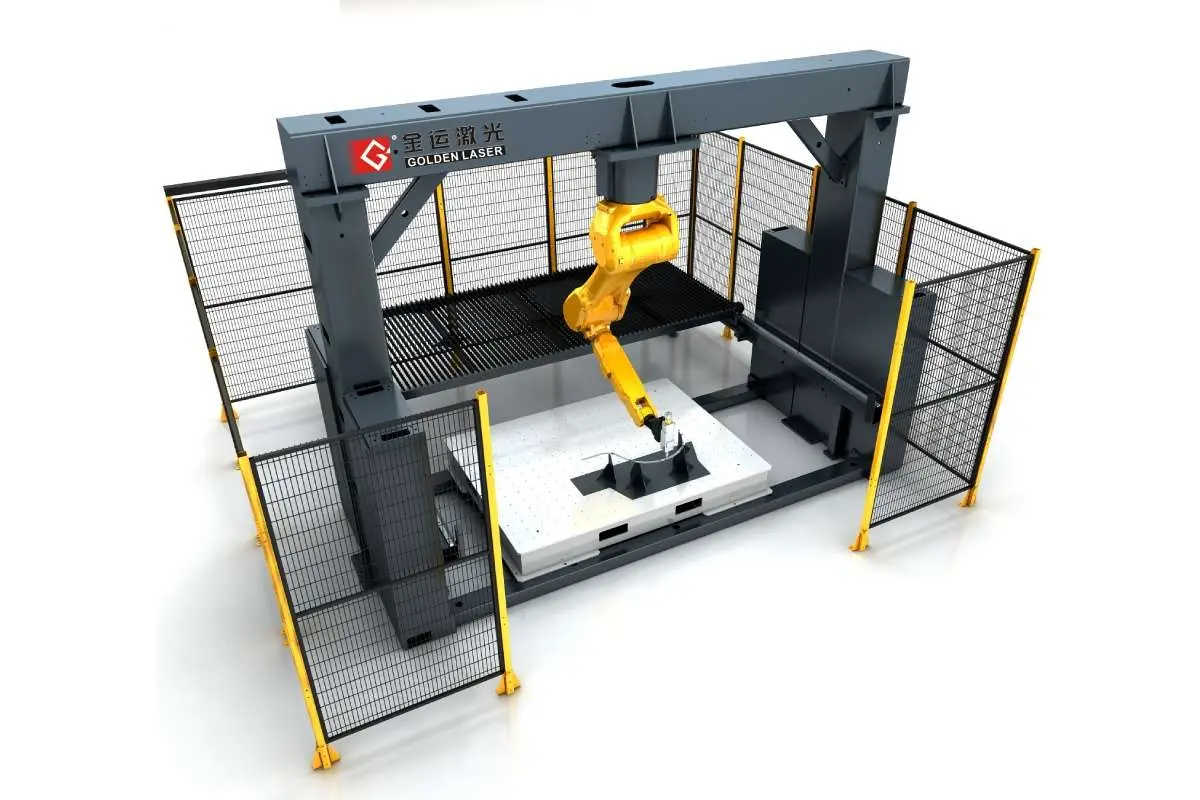In today’s fast-paced industrial landscape, efficiency and precision are paramount for manufacturers aiming to meet rigorous production demands. Amongst the various tools and machines available, the cutting steel machine stands out as a vital component in the manufacturing process. These sophisticated machines enable the precise shaping, sizing, and finishing of steel, which is integral in a wide array of sectors, including automotive, construction, and aerospace. This article explores the advancements in cutting steel machines, their functionalities, and how they are transforming modern industries.
Cutting steel machines encompass a wide range of technologies and types, including laser cutters, water jet cutters, and plasma cutters. Each of these methods employs unique techniques to slice through steel and other materials with precision. For instance, laser cutting utilizes a high-powered laser beam to melt and vaporize steel, providing extraordinarily clean cuts with minimal material waste. Water jet cutting, on the other hand, employs a high-pressure jet of water, often mixed with abrasive materials, to cut through metal without introducing heat, which can alter the material properties. Plasma cutting utilizes a high-velocity stream of ionized gas to slice through metal, making it an ideal choice for thicker materials.

Revolutionizing Manufacturing: The Integral Role of Cutting Steel Machines in Modern Industries
The versatility of cutting steel machines makes them indispensable in sectors that require high standards of quality control and precision. In automotive manufacturing, for example, steel components like frames, brackets, and body parts must be cut to exact specifications. Any deviation can lead to compromised structural integrity and, ultimately, safety concerns. By employing cutting steel machines, manufacturers can ensure that every part meets stringent requirements, reducing the likelihood of defects and enhancing the overall quality of the final product.
In the construction industry, cutting steel machines facilitate the efficient processing of steel beams and reinforcements used in structures. As construction projects grow increasingly complex, the need for custom-cut materials has escalated. Cutting steel machines allow fabricators to produce tailored steel components on-site or in their facilities, enabling faster assembly and reducing overall project timelines. The ability to quickly generate precise cuts also minimizes material waste, thus contributing to a more sustainable construction practice.
Aerospace is another industry that heavily relies on cutting steel machines. Parts in aircraft manufacturing must not only be cut with high precision but also be made from lightweight yet strong materials. Advanced cutting machines allow for the careful manipulation of various types of steel and alloys, ensuring that components are tailored for optimal performance under rigorous conditions. The high precision offered by these machines is crucial, as even minor imperfections can have catastrophic consequences in aviation.
The advancements in cutting steel machines go beyond mere functionality; ongoing innovations have led to increased automation and efficiency as well. With the rise of Industry 4.0, many manufacturers are incorporating smart technology into their cutting machines. This integration of IoT (Internet of Things) technology enables machine operators to monitor performance metrics in real time and make data-driven decisions. Equipped with sensors and connected to cloud-based systems, today’s cutting machines can optimize their operations, predict maintenance needs, and reduce downtime, all of which contribute to significant cost savings and enhanced productivity.
Moreover, advancements in software and computer-aided design (CAD) technologies have revolutionized how steel components are designed and fabricated. Cutting steel machines can now be programmed using sophisticated software that takes into account both the design specifications and the material characteristics. This automation reduces the likelihood of human error and enhances the consistency of the cuts produced, leading to increased quality in ensuing products.

Revolutionizing Manufacturing: The Integral Role of Cutting Steel Machines in Modern Industries
As industries continue to evolve, the role of cutting steel machines remains critical. They not only enable the precise crafting of components but also support sustainability initiatives by reducing waste and energy consumption. As new technologies emerge, it is likely that these machines will become even more efficient, further solidifying their place at the forefront of modern manufacturing practices.

Revolutionizing Manufacturing: The Integral Role of Cutting Steel Machines in Modern Industries
In conclusion, the cutting steel machine is an essential tool that drives efficiency and precision in a variety of industries. The ongoing technological advancements promise to enhance their capabilities, making them indispensable in meeting the demands of the modern world. With their ability to innovate and adapt to technological trends, cutting steel machines will undoubtedly continue to shape the future of manufacturing for years to come. Channel Steel Cutting Machine
